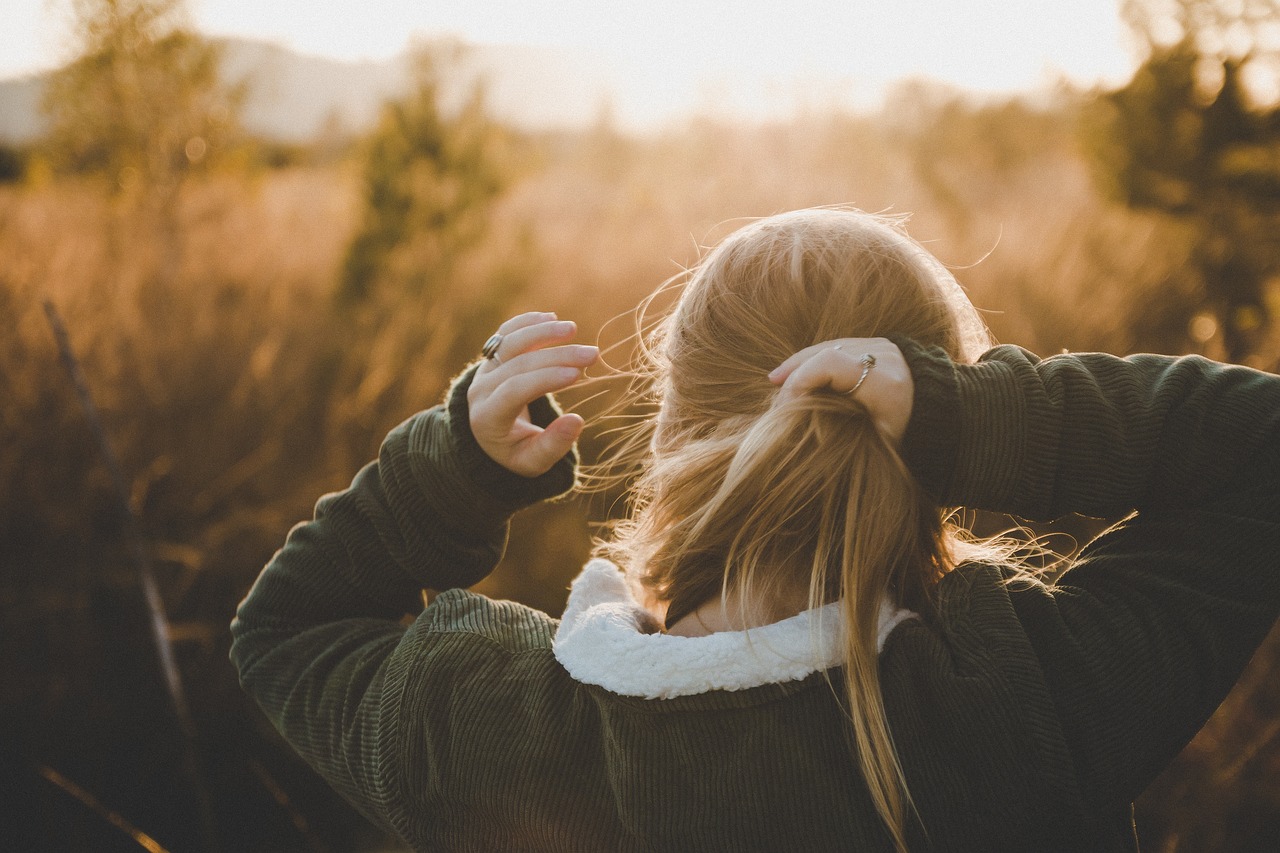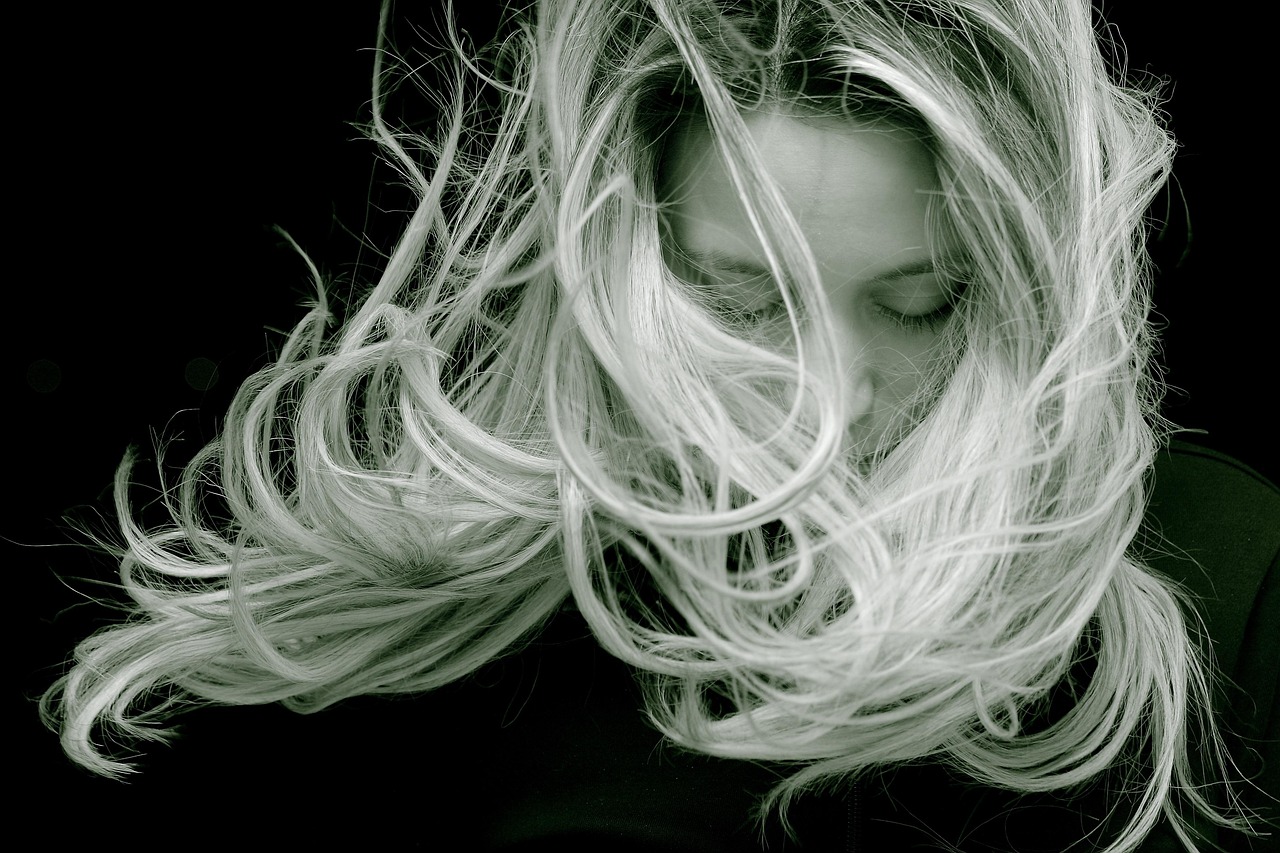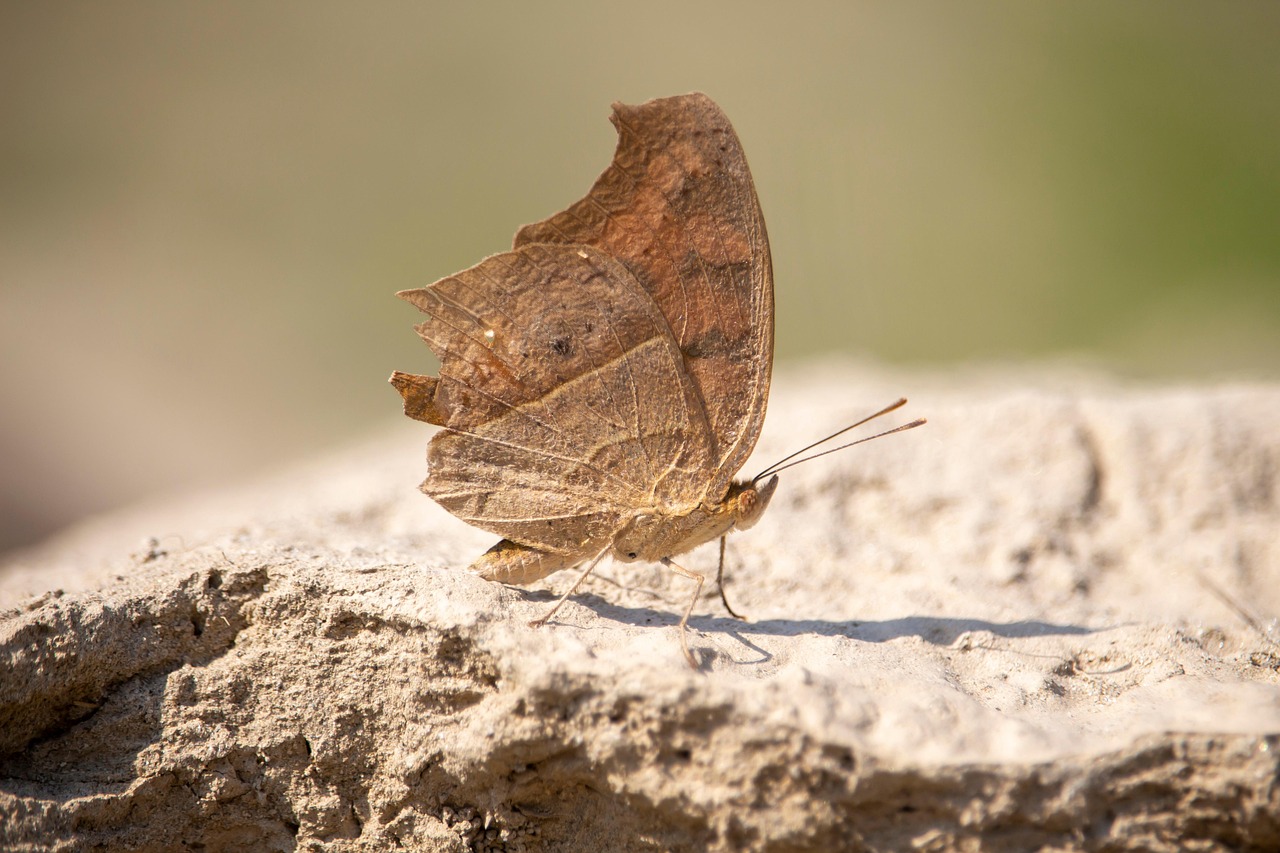Switching to natural hair dye offers numerous benefits, including reduced chemical exposure, enhanced hair health, and vibrant, long-lasting color. By opting for plant-based dyes, you can achieve beautiful results while prioritizing your well-being and the environment.
Understanding Natural Hair Dye

Natural hair dye has gained popularity in recent years. Many individuals are becoming aware of the potential risks associated with conventional hair coloring products. These commercial dyes often contain harsh chemicals, which can lead to various health issues and hair damage. In contrast, natural hair dyes use plant-based ingredients that are gentler on the hair and scalp.
Natural hair dyes are derived from various sources, including herbs, flowers, and fruits. They work by coating the hair shaft or penetrating the cuticle to deliver color. Common natural ingredients include henna, indigo, chamomile, and coffee. Each of these options provides unique benefits and colors, making it easy for anyone to find a suitable choice.
Benefits of Switching to Natural Hair Dye
There are compelling reasons to consider making the switch to natural hair dye. Below are some key benefits that highlight why this transition can be beneficial for your hair and overall health:
- Safer Ingredients: Natural dyes minimize exposure to harmful chemicals such as ammonia, parabens, and resorcinol.
- Healthier Hair: Plant-based dyes can improve the overall condition of your hair. They often contain nourishing properties that promote shine and strength.
- Environmental Impact: Choosing natural products reduces your carbon footprint and supports sustainable practices.
- Vibrant Colors: Natural dyes can produce rich, beautiful colors that enhance your natural tones.
- Longer Lasting Results: Many users find that natural hair dyes provide longer-lasting color with fewer touch-ups needed.
The Risks of Conventional Hair Dyes
While conventional hair dyes may offer immediate results, they come with a range of risks. Many of the chemicals used in these products have been linked to health concerns. For instance, some studies suggest a correlation between prolonged exposure to certain hair dye ingredients and increased cancer risk.
Additionally, frequent use of chemical dyes can lead to hair damage. Over time, these products can strip the hair of its natural oils and moisture, resulting in dryness and breakage. This is especially concerning for those who already have fragile or thinning hair.
Key Chemicals in Conventional Dyes
The following table outlines some common chemicals found in traditional hair dyes and their potential effects:
| Chemical | Potential Effects |
|---|---|
| Ammonia | Can cause scalp irritation and damage to hair structure |
| Resorcinol | Linked to hormone disruption and allergic reactions |
| P-phenylenediamine (PPD) | Associated with skin sensitivity and potential carcinogenic effects |
| Parabens | May affect hormonal balance and contribute to skin irritation |
Choosing Natural Hair Dyes
If you are considering switching to natural hair dye, it is essential to choose products wisely. Look for brands that use organic ingredients and have transparent labeling practices. Additionally, consider performing a patch test to ensure you do not have any allergic reactions to the dyes.
Many people find that natural hair dyes require a different application technique compared to conventional dyes. It’s important to follow the instructions carefully. You may need to leave the dye on your hair longer for optimal results.
In conclusion, making the switch to natural hair dye not only supports your health but also benefits the environment. With so many options available, achieving your desired look is achievable without compromising your well-being.
Popular Natural Hair Dye Options
When it comes to natural hair dye, there are several popular options available. Each type has its unique properties and advantages, making it essential to choose one that aligns with your hair type and desired outcome. Below are some of the most widely used natural hair dyes:
Henna
Henna is one of the most well-known natural hair dyes. It is derived from the leaves of the Lawsonia inermis plant. Henna provides a rich reddish-brown color and is often used to cover gray hair. In addition to coloring, henna offers conditioning benefits, making hair shinier and healthier.
- Application: Henna requires mixing with water to form a paste. It is then applied to the hair and left on for several hours for optimal results.
- Color Results: The final color can vary based on hair type and the length of application. It typically results in a warm, reddish hue.
Indigo
Indigo is another popular natural dye, often used in conjunction with henna to achieve darker shades. It comes from the leaves of the Indigofera plant and can produce colors ranging from deep blue to black when combined properly with henna.
- Application: Indigo is usually applied after henna to achieve a darker shade. It is important to follow specific instructions for mixing and application.
- Color Results: When applied alone, indigo gives a blue-black color; when mixed with henna, it can create various shades of brown to black.
Coffee
Coffee is an unconventional but effective natural hair dye option. It is particularly useful for those who want to darken their hair or enhance existing brown shades. Coffee also acts as a natural conditioner.
- Application: Brew strong coffee, allow it to cool, and then apply it directly to the hair. It can be left on for about 30 minutes to an hour.
- Color Results: The results are subtle but can add depth and richness to brunette shades.
How to Prepare and Use Natural Hair Dyes
Using natural hair dyes may differ from conventional dyes in preparation and application. Here are some tips to help you successfully prepare and use these products:
Preparation Steps
- Gather Ingredients: Ensure you have all necessary ingredients and tools, such as gloves, a mixing bowl, and an applicator brush.
- Conduct a Patch Test: Always perform a patch test on a small section of skin to check for allergic reactions.
- Mix the Dye: Follow specific instructions for mixing your chosen dye, paying attention to the recommended ratios of dye to liquid.
Application Steps
- Prep Your Hair: Start with clean, dry hair for optimal dye absorption. You may want to avoid using conditioner before dyeing.
- Apply the Dye: Use an applicator brush or your hands (with gloves) to apply the dye evenly throughout your hair.
- Cover Your Hair: After applying, cover your hair with a plastic cap or wrap. This helps retain moisture and heat.
- Timing: Let the dye sit for the recommended time, which can vary from 30 minutes to several hours based on the product used.
- Rinse Thoroughly: Rinse out the dye with warm water until the water runs clear. Avoid shampooing immediately after dyeing.
Caring for Dyed Hair
Caring for your hair after using natural dye is essential to maintain color vibrancy and overall health. Here are some tips for post-dye care:
- Avoid Heat Styling: Minimize the use of heat tools, as they can damage colored hair.
- Use Sulfate-Free Shampoo: Opt for gentle, sulfate-free shampoos that won’t strip color.
- Deep Condition Regularly: Incorporate deep conditioning treatments into your routine to keep your hair hydrated.
- Avoid Frequent Washing: Wash your hair less frequently to prolong color life.
By following these guidelines, you can enjoy beautiful results from natural hair dyes while ensuring your hair remains healthy and vibrant.
Common Myths About Natural Hair Dyes

Despite the growing popularity of natural hair dyes, several myths and misconceptions persist. Understanding the truth behind these myths can help you make an informed decision about your hair coloring choices. Below are some common myths associated with natural hair dyes:
Myth 1: Natural Hair Dyes Do Not Provide Lasting Color
Many people believe that natural hair dyes wash out quickly and do not last as long as chemical dyes. While it’s true that natural dyes may fade over time, they can still provide long-lasting color, especially when applied correctly. For example, henna can last for several weeks to months, depending on hair type and care.
Myth 2: Natural Dyes Are Limited to One Color
Another common misconception is that natural hair dyes only come in a limited range of colors. In reality, there are numerous plant-based options available that can produce a wide variety of shades. By combining different natural dyes, such as henna and indigo, you can achieve a spectrum of beautiful colors.
Myth 3: Natural Hair Dyes Are Difficult to Use
Some people think that using natural hair dyes is overly complicated or messy compared to conventional dyes. While there is a learning curve, many find the process straightforward once they understand how to mix and apply the products. With a little practice, applying natural hair dye can become a simple routine.
Addressing Allergies and Sensitivities

Although natural hair dyes are generally considered safer than their chemical counterparts, it is still possible to experience allergic reactions or sensitivities. It’s essential to be aware of potential allergens in natural ingredients. Here are some tips to address allergies and sensitivities:
- Research Ingredients: Before choosing a natural hair dye, research its ingredients to ensure you are not allergic to any components.
- Perform Patch Tests: Conduct patch tests on a small area of skin before applying the dye to your entire head. This will help identify any adverse reactions.
- Consult a Dermatologist: If you have a history of allergies or skin sensitivities, consult with a dermatologist before using any new hair dye product.
Comparing Cost: Natural vs. Conventional Hair Dyes
The cost of hair dye can vary significantly between natural and conventional products. Here’s a breakdown of factors influencing cost and value:
Initial Investment
Natural hair dyes may sometimes have a higher upfront cost compared to conventional options. This is often due to the quality of organic ingredients used. However, the benefits of healthier hair and fewer chemical exposures may outweigh the initial expense.
Long-Term Savings
While natural hair dyes might be pricier initially, they may lead to long-term savings. Here are some reasons why:
- Fewer Touch-Ups: Natural dyes often require fewer touch-ups due to their longer-lasting effects.
- Healthier Hair: Investing in natural dyes can lead to healthier hair over time, reducing the need for expensive repair treatments.
- Reduced Dermatological Costs: Fewer allergic reactions and sensitivities can save you money on visits to dermatologists or allergic treatments.
Environmental Impact of Hair Dyes
The environmental impact of conventional hair dyes is significant due to the harsh chemicals they contain. These chemicals can pollute water systems and harm aquatic life when washed down the drain. In contrast, natural hair dyes tend to be more environmentally friendly. Here is how they differ:
- Biodegradable Ingredients: Most natural hair dyes use plant-based ingredients that break down more easily in the environment.
- Sustainable Sourcing: Many brands focus on sustainable sourcing practices, ensuring that their ingredients are harvested responsibly.
- Lesser Chemical Runoff: By avoiding synthetic chemicals, natural hair dyes contribute less to environmental pollution.
Finding the Right Brand
Choosing the right brand for natural hair dye is crucial for achieving the best results. Here are some tips for selecting a reputable brand:
- Check Certifications: Look for brands that have organic certifications or are cruelty-free.
- Read Reviews: Customer reviews can provide insights into the effectiveness and quality of the product.
- Transparency: Brands that clearly list their ingredients and sourcing practices tend to be more trustworthy.
The right choice in natural hair dye can enhance your beauty routine while supporting your health and the environment. With careful consideration, you can find products that work well for you and align with your values.
Embracing the Change: The Future of Hair Dye
As consumers become more health-conscious and environmentally aware, the demand for natural hair dyes is expected to rise significantly. More brands are beginning to recognize this trend and are developing innovative products that combine effective coloring with nourishing ingredients. This shift not only benefits your personal health but also contributes to a more sustainable future for the beauty industry.
Additionally, as technology advances, we can expect improvements in the formulation of natural dyes. These advancements may lead to even more vibrant colors and longer-lasting results without compromising the safety of the ingredients. The future looks promising for those who wish to embrace a more natural approach to hair coloring.
Exploring DIY Natural Hair Dye Options
For those who enjoy a hands-on approach, creating your own natural hair dye at home can be a fulfilling experience. DIY hair dyes allow you to control the ingredients and customize colors according to your preferences. Below are some popular DIY options:
Beet Juice
Beet juice is a wonderful natural dye that provides a deep burgundy color. It’s easy to use and can be made with just a few ingredients:
- Ingredients: Fresh beets, water, and optional vinegar for setting the color.
- Instructions: Boil chopped beets in water, strain the liquid, and mix in vinegar. Apply it to clean hair and let it sit for about 30-60 minutes.
Carrot Juice
Carrot juice can help achieve a vibrant orange or golden hue. This option is particularly beneficial for those with light blonde or light brown hair.
- Ingredients: Fresh carrots and optional coconut oil.
- Instructions: Juice fresh carrots, mix with coconut oil for added moisture, and apply to hair. Leave it on for 30-60 minutes for best results.
Chamomile Tea
Chamomile tea is excellent for lightening blonde hair and adding golden highlights. It’s gentle and soothing for the scalp as well.
- Ingredients: Chamomile tea bags and water.
- Instructions: Brew a strong chamomile tea, let it cool, and pour it over clean hair. Sit in the sun for enhanced lightening effects or leave it on for 30-60 minutes.
The Importance of Community Support
J

oining communities or forums focused on natural hair care can provide invaluable support. These communities often share tips, experiences, and product recommendations that can guide you through your journey towards using natural hair dyes. Engaging with others who have made the switch can offer inspiration and motivation.
Social media platforms are also great resources for discovering new products, learning techniques, and connecting with like-minded individuals. Many influencers and bloggers focus on natural beauty, providing tutorials, reviews, and personal stories that can help you navigate your choices.
Final Thoughts
Switching to natural hair dye is not just a trend; it is a lifestyle choice that reflects a commitment to health, sustainability, and self-care. With numerous options available and growing awareness of the benefits, now is an ideal time to make the change. Natural dyes not only enhance your appearance but also support your overall well-being by reducing exposure to harmful chemicals.
As you explore the world of natural hair dyes, remember to choose products that align with your values and meet your personal needs. Whether you opt for store-bought brands or decide to create your own DIY solutions, embracing this change can lead to healthier hair and a more environmentally friendly beauty routine.
In conclusion, the journey toward using natural hair dyes offers numerous benefits that extend beyond aesthetics. By prioritizing your health and the planet’s well-being, you contribute to a brighter future for yourself and generations to come. So take the leap, experiment with colors, and enjoy the transformative power of natural hair dye!

